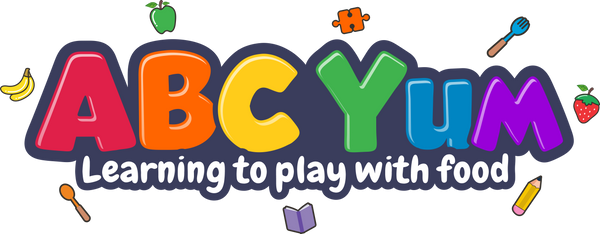As parents, we’ve all faced mealtime battles. You sit down with a lovingly prepared meal, and your picky eater rejects it before it even hits the table. It’s easy to feel frustrated or defeated, but what if we could better understand what’s happening in our child’s brain at that moment? This understanding could shift how we approach picky eating and mealtime struggles entirely.
Let’s explore the concept of brain states and how they affect your child’s willingness—or refusal—to try new foods.
The Three Brain States
Dr. Daniel Siegel and other experts in neuroscience describe three primary brain states that guide human behavior:
-
Survival Brain (Stressed State):
This state is all about fight, flight, or freeze. It’s activated when your child feels unsafe, overwhelmed, or threatened—yes, even by broccoli! In this state, your child’s focus is on self-preservation, not on exploring or experimenting. -
Emotional Brain (Feelings State):
This is the home of big feelings. If your child feels pressured, shamed, or upset during meals, their emotional brain may take over. In this state, they are more likely to say “no” to foods and resist new experiences. -
Executive Brain (Calm-Thinking State):
This is where learning, problem-solving, and self-regulation happen. In this state, your child feels calm, safe, and ready to explore new foods and textures.
Our goal as parents is to create an environment where the executive brain can thrive during mealtimes.
Brain States and Picky Eating
Picky eating often occurs because a child’s brain perceives food or the mealtime environment as a threat. Here’s how this might look:
-
Survival Brain at the Table:
Your child’s rejection of food could be their way of asserting control in a situation that feels overwhelming. Loud noises, unfamiliar smells, or a chaotic environment can trigger this state. -
Emotional Brain at the Table:
If mealtimes are filled with pressure—“Just take one bite!” or “Why won’t you eat this?!”—your child may associate negative emotions with eating, further entrenching picky habits. -
Executive Brain at the Table:
When your child feels safe and supported, their executive brain can engage. This is when they’re more likely to try new foods, even if it’s just a tiny nibble.
Strategies to Keep in a Calm State
So how do we help our picky eaters feel calm and safe enough to explore new foods? Here are some tips:
-
Set the Stage for Success:
Create a mealtime environment that minimizes stress. Use soft lighting, limit distractions, and keep the table chatter positive. -
Ditch the Pressure:
Pressure triggers the emotional brain. Instead of coaxing or bribing your child to eat, try offering foods without any strings attached. -
Offer Limited Choices:
Too many options can feel overwhelming, but letting your child choose between two items—like peas or carrots—gives them a sense of control without overwhelming them. -
Focus on the Process, Not the Outcome:
Celebrate small steps like touching, smelling, or licking a new food. These are signs your child is exploring food in their own way. -
Use Playful Exposure:
Engage your child’s curiosity with food activities, like making a "veggie rainbow" or creating silly faces on a plate. This reduces food-related anxiety and engages the executive brain.
Tips to Keep Both of You Calm
One of the most powerful tools you have is co-regulation. Your calm presence can help your child shift from survival or emotional brain states to their executive brain.
- Model Calmness: If you’re frustrated, take a moment to breathe before responding.
- Validate Their Feelings: Say, “I know this food looks different. It’s okay to feel unsure.”
- Stay Consistent: Predictability and routine help your child feel secure and ready to explore.
The Bigger Picture
Remember, picky eating isn’t just about food; it’s about your child’s relationship with the world around them. By understanding and addressing brain states, you’re not only helping your child become a more adventurous eater—you’re also teaching them resilience, self-regulation, and trust.
As you navigate the ups and downs of picky eating, keep this mantra in mind: Connection before correction. When you connect with your child’s emotional needs and brain state, you create the foundation for growth—not just at the dinner table, but in all areas of their development.
Want More Help with Picky Eating?
If you’re looking for more tips and strategies to support your child, check out The Picky Eating Fix course! It’s packed with practical tools and expert guidance to help you create a calmer, more positive mealtime experience.

